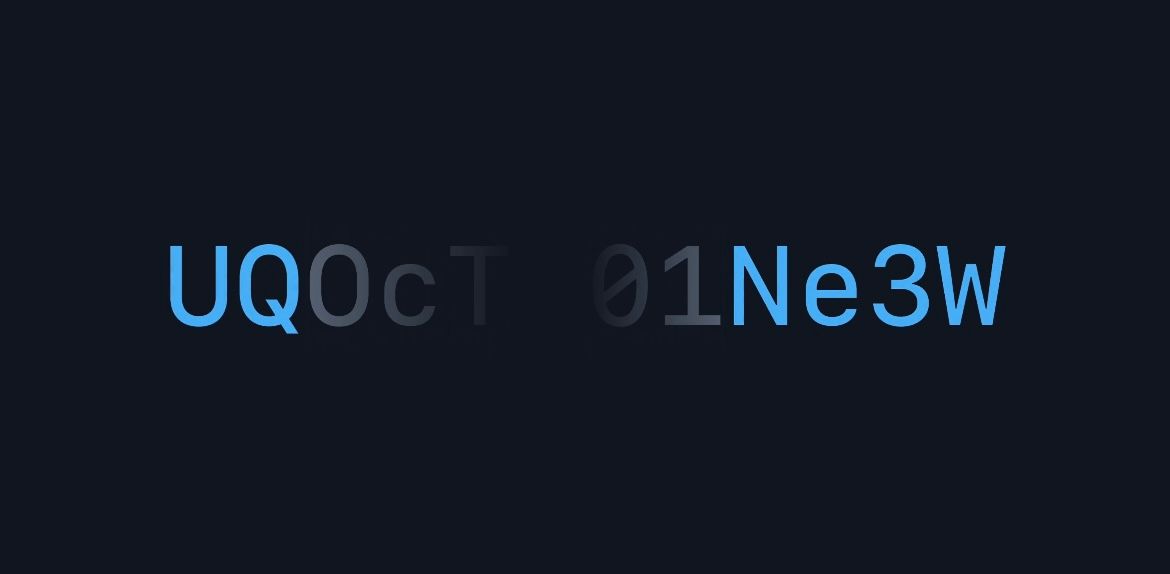TON Address Formats

Like in many other networks, in The Open Network blockchain, the same address can be recorded in different formats for different purposes. There are three address formats in The Open Network: Bounceable, Non-bounceable, and RAW (HEX):

Bounceable
Example — EQAWzEKcdnykvXfUNouqdS62tvrp32bCxuKS6eQrS6ISgcLo
The most common and standard format is considered to be Bounceable. This format is the simplest and most readable, and it is used by regular users for standard transactions on the network. If you send a transaction from some wallets to an uninitialized address (a new wallet with no outgoing transactions) in the bounceable format, the coins will bounce back with the deduction of fees. In simple terms, the checksum embedded in the bounceable address format protects users from erroneous transfers, such as in the case of a typo.
Non-bounceable
Example — UQAWzEKcdnykvXfUNouqdS62tvrp32bCxuKS6eQrS6ISgZ8t
According to the developers' intention, coins should not be sent to an erroneous address.
RAW (HEX)
Example — 0:16cc429c767ca4bd77d4368baa752eb6b6fae9df66c2c6e292e9e42b4ba21281
The RAW (HEX) format is indeed more technical and lengthy, but it specifically represents the blockchain in which the address is created and its "address" on the blockchain. In most cases, HEX is used by advanced users and developers.
In the near future, all wallets in TON are transitioning to the non-bounceable format, so don't be surprised if, using the same key, you see different address formats in different wallets. It depends on the developers of the specific wallet and the format they have chosen, but official services will tend to adopt the new format.